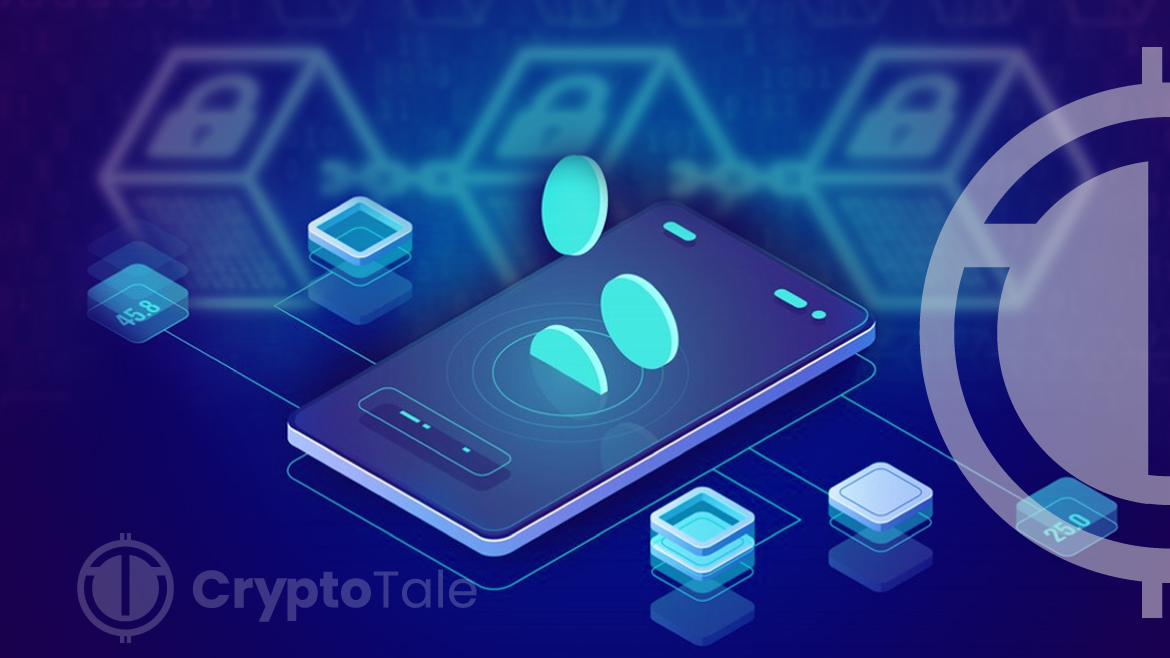The extended use of blockchain technology has given birth to a new economy involving digital assets. Generally, digital assets are anything that is created and stored digitally but has a distinct value in the real world. The birth of digital assets has paved the way for the entry of new service providers and asset classes.
Digital Assets Definition
Data, written content, images, or any kind of digitally stored information can be considered a digital asset if it has value. It should also hold ownership rights and be able to transfer ownership. Digital poses significant benefits to investors, as it is decentralized and offers complete ownership to the users. The anonymity in transacting assets made it a preferable voice for investors who demand privacy in their financial activities. The tokenization of real-world assets fostered financial inclusivity and opened up many investment opportunities. Some popular examples of digital assets include cryptocurrencies, stablecoins, security tokens, and NFTs.
A Brief History of Digital Assets
Nick Szabo pioneered the digital asset economy by proposing the idea of ‘bit gold’ in 1998. His idea was to create a payment mechanism without the involvement of centralized authorities. However, his actions were not put forth. After a decade, Satoshi Nakamoto published a whitepaper outlining the mechanisms of Bitcoin and introduced blockchain to the world. Blockchain technology created space for securely storing and transacting digital assets.
Following the success story of Bitcoin, Litecoin, Ethereum, and many other crypto assets have ventured into the financial landscape. To the surprise of the market, the crypto market has evolved into a multibillion-dollar industry, and it has become the hot topic of the decade. Volatility became a concern, and then the stablecoins stepped into the space.
Slowly, the crypto market witnessed downtime from 2018 to 2021. The entire digital asset market stumbled, and Bitcoin’s price declined by 83% then. The current scenario paints a positive picture for the digital asset market and is projected to generate a revenue of US$57,770.0m by 2024, according to Statista. The flourishment of this new economy, driven by blockchain technology, has paved the way for businesses to find new opportunities.
Types of Digital Assets
The technological updates of this century have proved that any real-world assets can be tokenized through the process of tokenization. Digital asset tokenization can represent the ownership rights of a specific asset as tokens, which can be stored in blockchain. There are many types of digital assets stored in blockchain technology.
Cryptocurrencies
Cryptocurrencies are the most popular type of digital assets known to the world. They work independently without any intermediaries, government, or banks. It can be either acquired through mining or can be bought from crypto exchanges. Traders and investors make profits by speculating on their prices or by making investments.
NFTs
Non-fungible tokens, or NFTs, are nothing but tokenized digital artwork, videos, or pictures. The primary difference between a cryptocurrency and an NFT is that an NFT is unique in itself. It was in May 2014 that the first NFT, called Quantum, was created by Kevin McCoy and Anil Dash. At the moment, the NFT market is growing at a CAGR of 33.7% and is forecasted to turn into a 212 billion dollar industry by 2031.
CBDCs
CBDC or Central Bank Digital Currencies are a type of currency for which the value is fixed and issued by the country’s central bank. Since the recent decade saw increased usage of digital currency, many governments took this initiative. This could reduce the process involved in managing the complex financial system.
The Growth of the Digital Asset Market
Digital assets are a fast-growing market that is disrupting the global financial market. In the US alone, the combined market capitalization of digital assets burgeoned from $14 billion in 2016 to about $3 trillion as of 2021 (a compound annual growth rate of 193%), according to a PwC report. Many financial institutions have begun to embrace digital assets, owing to the advantages it offers.
Financial institutions are propelling the growth of the digital asset market. The financial messaging company Swift has planned to begin live operations of digital assets and currencies in 2025. By connecting over 11,500 financial institutions, it aims to eliminate the barriers to transferring fiat and cryptocurrencies across borders.
Why the US Need to Embrace Digital Assets?
A study by the Federal Reserve Bank of San Francisco found that only 19% of all transactions and just 6% of the total transaction value were made using cash. This clearly indicates that the digital asset economy has already begun in full swing, and the traditional system is outdated.
By realizing the potential of blockchain and the digital asset economy, Kamala Harris has outlined her vision in a speech at a Wall Street fundraiser in Manhattan. She stated,
We will encourage innovative technologies like AI and digital assets while protecting consumers and investors. We will create a safe business environment with consistent and transparent rules of the road
To Wrap up
The need for a standard medium of exchange for goods started over a thousand years ago. It started with the barter system, and now, technological advancement has given space for digital assets. The digital asset economy, together with the global financial markets, is driving innovation. It could eliminate socioeconomic barriers and address the challenges of physical banking.






